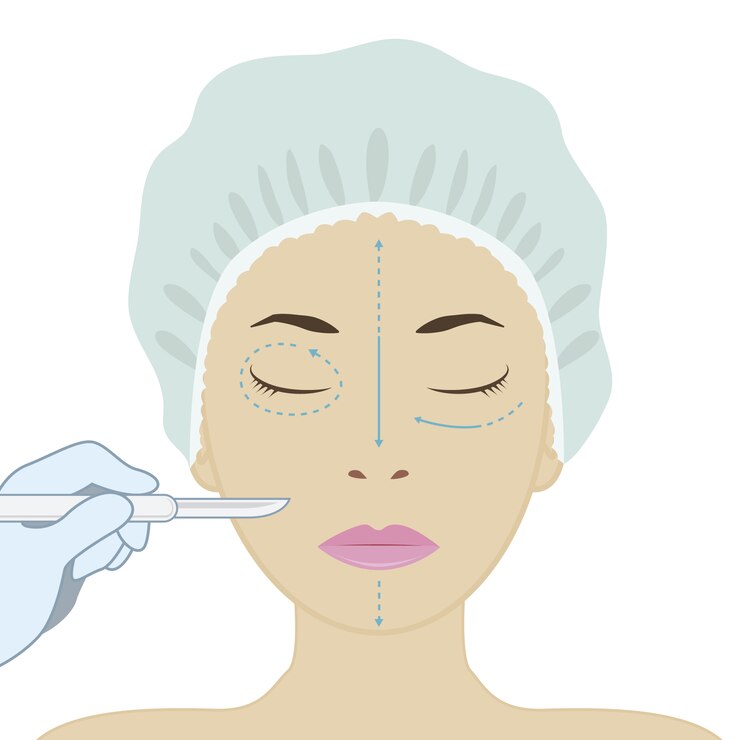Marionette lines are the creases that run from the corners of the mouth down towards the chin, often deepening with age and making the face appear more serious or sad. Dermal fillers are a popular and effective solution for softening these lines, rejuvenating the lower face. This blog explores various aspects of using filler for marionette lines, guiding you through options, expectations, and care.
Understanding Marionette Lines and Their Causes
Marionette lines are primarily caused by the natural aging process. As we age, our skin loses collagen and elastin, leading to reduced volume and elasticity. Additionally, repeated facial expressions, lifestyle factors such as smoking, and sun exposure can accelerate the formation of these lines. Understanding the underlying causes can help in choosing the most effective treatment options.
Choosing the Right Type of Filler for Marionette Lines
There are several types of dermal fillers suitable for treating marionette lines, with hyaluronic acid (HA) fillers being the most popular. HA fillers, such as Juvederm and Restylane, are favored for their natural look and feel, as well as their ability to integrate into the skin seamlessly. Other options may include calcium hydroxylapatite (CaHA) and poly-L-lactic acid fillers, which stimulate collagen production over time.
Benefits of Using Dermal Fillers for Marionette Lines
Dermal fillers offer immediate results by adding volume directly beneath the skin in the area of the marionette lines, effectively smoothing them out and restoring a more youthful contour to the face. The benefits of fillers include minimal downtime, immediate improvement, and the ability to adjust the treatment to meet individual aesthetic goals. Additionally, most fillers now contain lidocaine, which enhances comfort during the injection process.
What to Expect During the Filler Treatment Procedure
The treatment typically takes about 30 minutes and is performed in a clinician’s office. After an initial consultation and facial assessment, the area around the marionette lines is cleaned and possibly numbed with a topical cream. The filler is then carefully injected into specific points along the lines. Mild swelling or bruising may occur but generally subsides within a few days.
Post-Treatment Care and Maintenance
To maximize the results and longevity of your dermal filler treatment, follow post-care instructions diligently. Avoid strenuous exercise and exposure to extreme heat or cold for the first 24 to 48 hours. Regular follow-up treatments every 6 to 12 months can maintain the desired results, as the body gradually absorbs the fillers.
Potential Risks and How to Mitigate Them
While dermal fillers are generally safe, there are potential risks such as bruising, swelling, asymmetry, and in rare cases, more serious complications like infection or vascular occlusion. Choosing an experienced and qualified injector is crucial to minimize risks. It’s also important to follow all pre- and post-treatment instructions provided by your healthcare provider.
Using fillers to address marionette lines can significantly improve one’s appearance and boost confidence by creating a smoother, more youthful facial contour. Always ensure that you consult with a skilled professional to achieve safe and satisfying results. With the right care and maintenance, the effects of dermal fillers can be a gratifying solution to the challenges of aging skin.


